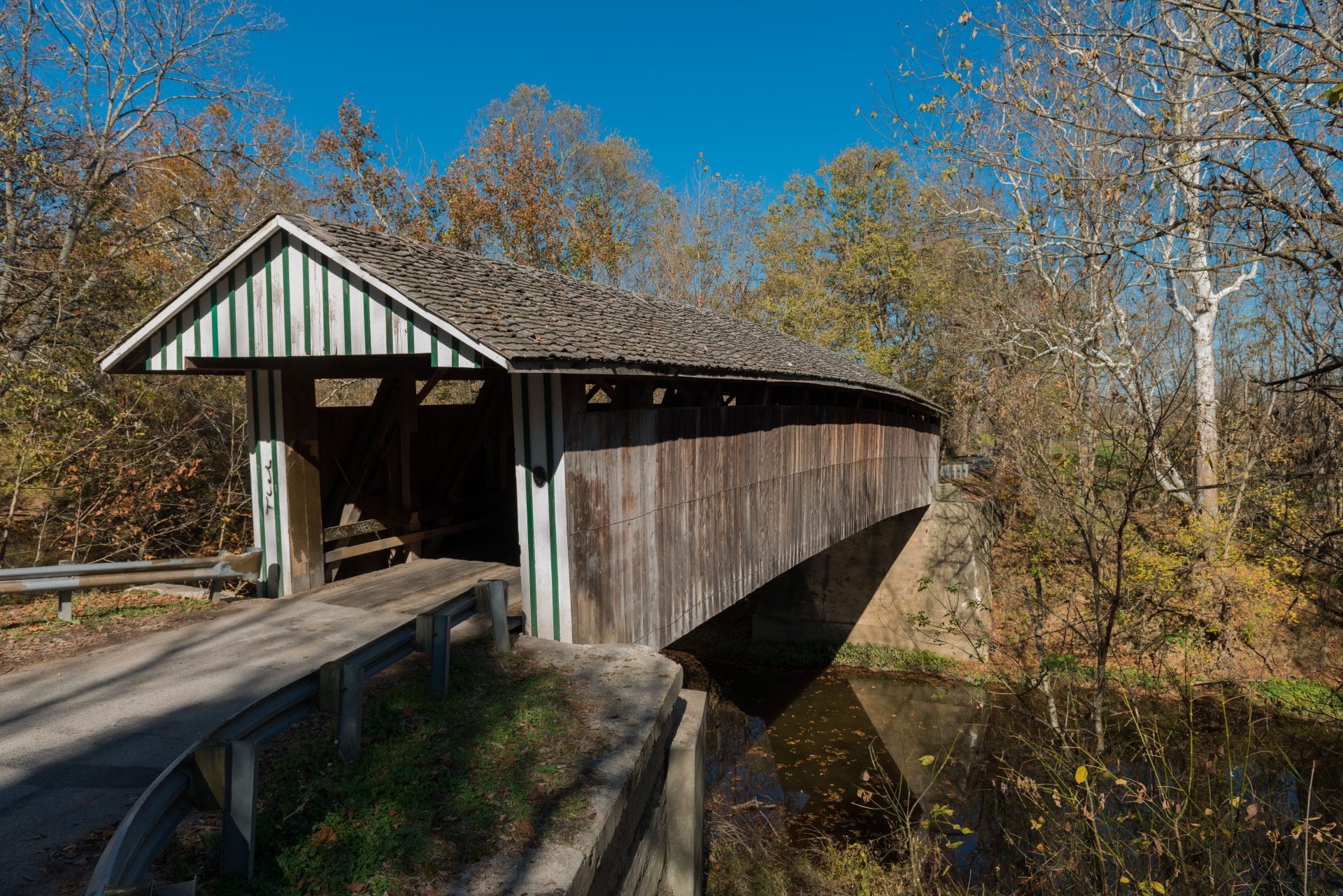
History
Tucked away in the heart of Kentucky’s famed Bluegrass Region, Paris is the county seat of Bourbon County. Settled in 1776 and named after France’s capital, Paris is home to an abundance of historical sites. Bourbon County is what remains of a previously much larger area, established as part of Virginia in 1785, and comprising what are now thirty-four modern Kentucky counties. The area later became known as “Old Bourbon” in reference to its historical expanse.
The county is best known for its historical association with bourbon whiskey and the equine industry.
While visiting Paris, be sure to see some of the prominent historical landmarks that grace our community. Check out some of these legendary attractions:
Bourbon County Courthouse
The courthouse that stands today was completed in 1905 and is often said to be the “grandest of all Kentucky County Courthouses.” The design for the courthouse was created originally by the architect as a proposal for a new Kentucky state capitol building in Frankfort, Kentucky. It is also included in the Paris Courthouse Square Historic District.

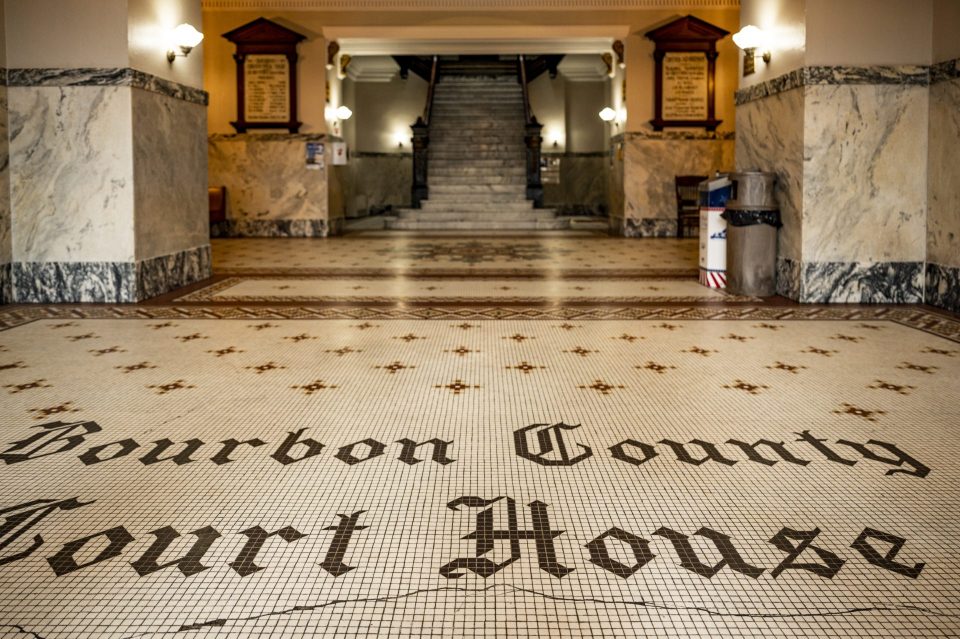
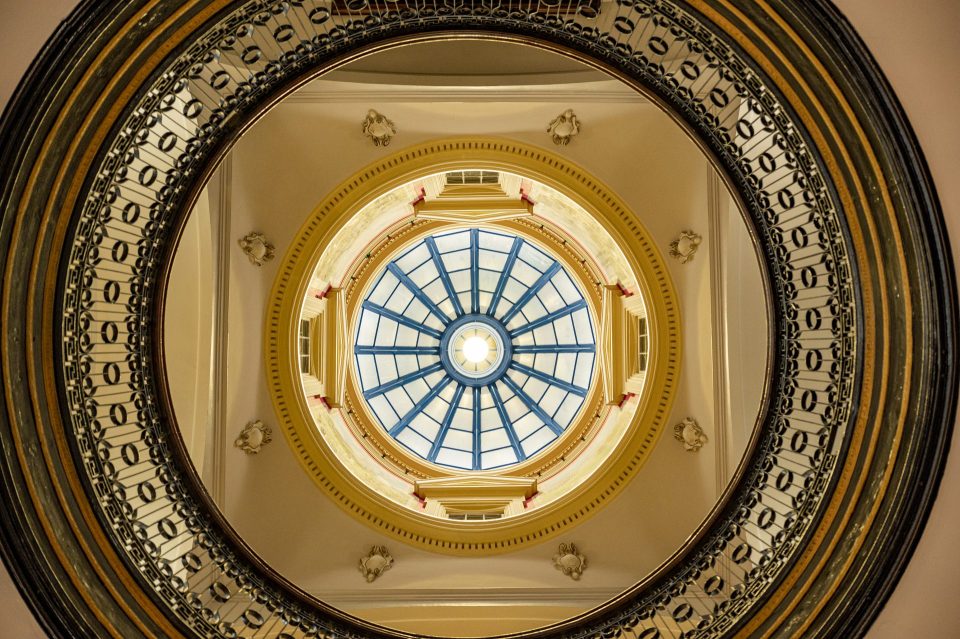
Cane Ridge Meeting House
This structure was built in 1791, one year before Kentucky was officially a state. Following the advice of Daniel Boone, settlers arrived at a ridge of cane between two creeks to make their homes and build their church in the county of Kentucky in the state of Virginia. From the surrounding virgin forest, they cut blue ash logs and built their church 50’ x 30’ without heat or chinking between the logs. There were doors on the east end and the west end with the pulpit and communion table on the north side. The pulpit was approached by several steps so that the preacher looked down on the congregation. He looked up, however, to the gallery where the enslaved attenders sat. They entered a high opening on the west end by an outside ladder, which was removed in 1829 allowing the enslaved attenders to sit downstairs with their owners. Visit Cane Ridge Meeting House website.
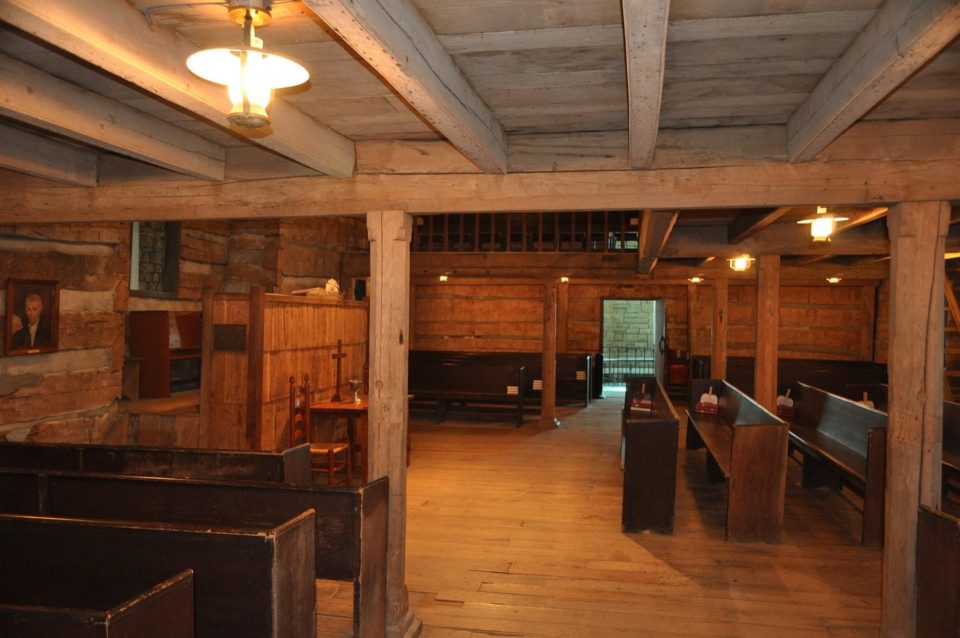
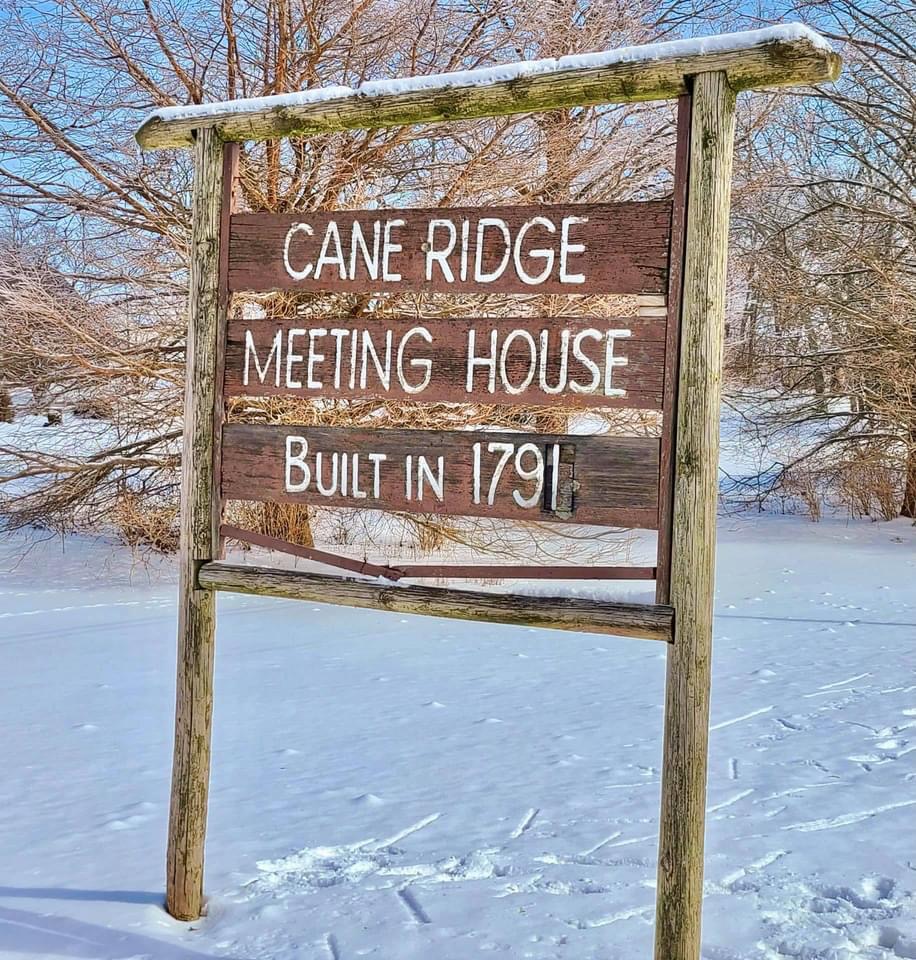
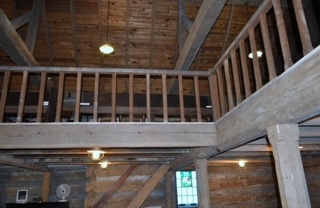
Colville Covered Bridge
Spanning 124 feet long and 18 feet wide, Colville Covered Bridge is located along the Colville Pike where it crosses Hinkston Creek about four miles northwest of Millersburg, Kentucky. The bridge is situated 28 feet above the water level in a rural area where vehicular traffic mainly comprises local residents and farm vehicles. The bridge was constructed in 1877 and is one of 13 that remain of more than 400 covered bridges in Kentucky.
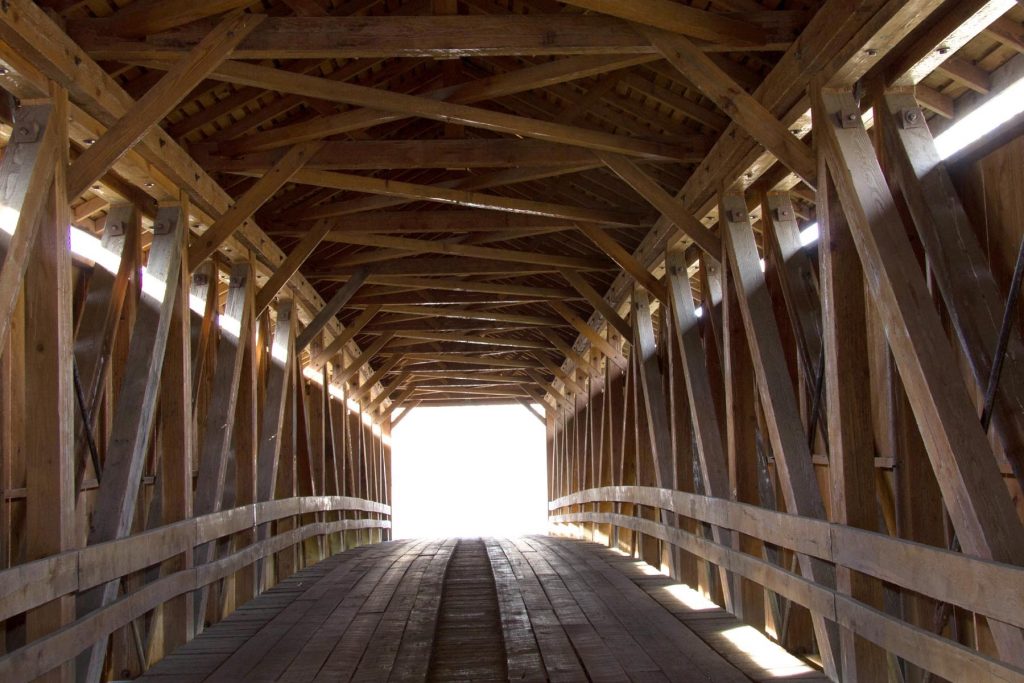
Duncan Tavern
Built in 1788, this structure is one of the finest American examples of an eighteenth century early settlement home – later used as a tavern. Constructed of native limestone, it was built by Joseph Duncan, an officer in the Revolutionary War. The oldest standing tavern in Kentucky was a gathering place for such pioneers as Daniel Boone, Simon Kenton, James Smith, “first rebel of the Revolution,” Peter Houston and Michael Stoner.
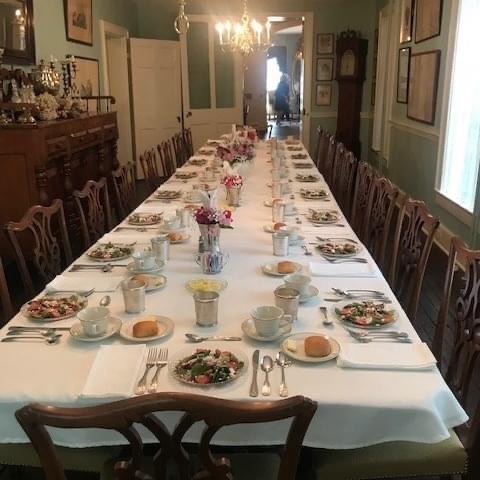
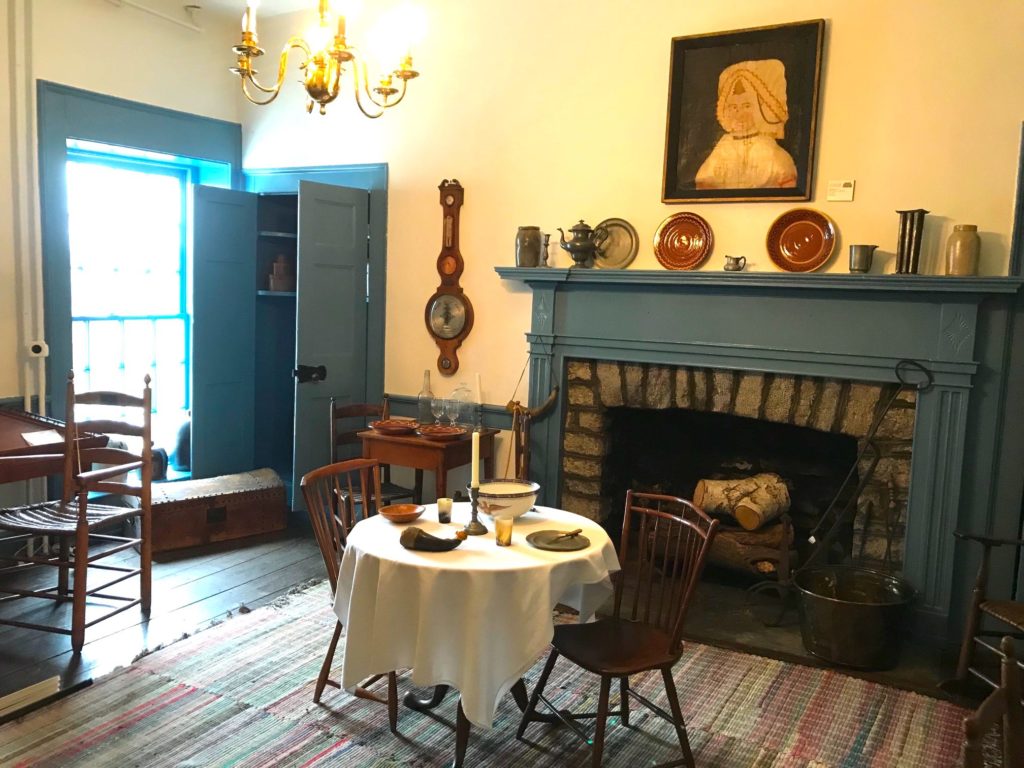
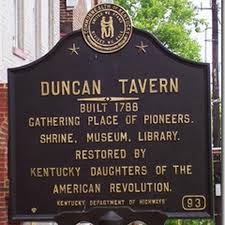
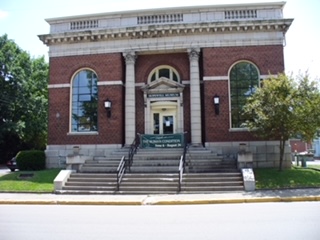
Hopewell Museum
When in Paris, Kentucky be sure to visit this museum. We are committed to sharing the history of Paris and Bourbon County through exhibits, programs, and preservation of material culture. We believe in using our history to help all learners better understand where we come from, how we got where we are, and how we can use that knowledge to confront future challenges.
Paris Train Depot
The Paris Train Depot is a symbol of a way of life that is rapidly disappearing from the American scene. Constructed in the early 1880’s, it’s a small wooden structure, built in the late American Victorian style. According to records in the possession of the Louisville & Nashville Railroad, it was both enlarged and modernized in 1904 and again in 1911. For many years it served as the passenger station for two railroads, the Louisville & Nashville Railroad and the Frankfort and Cincinnati. Recently restored to its original condition, the Depot is now home to Trackside Restaurant and Bourbon Bar.
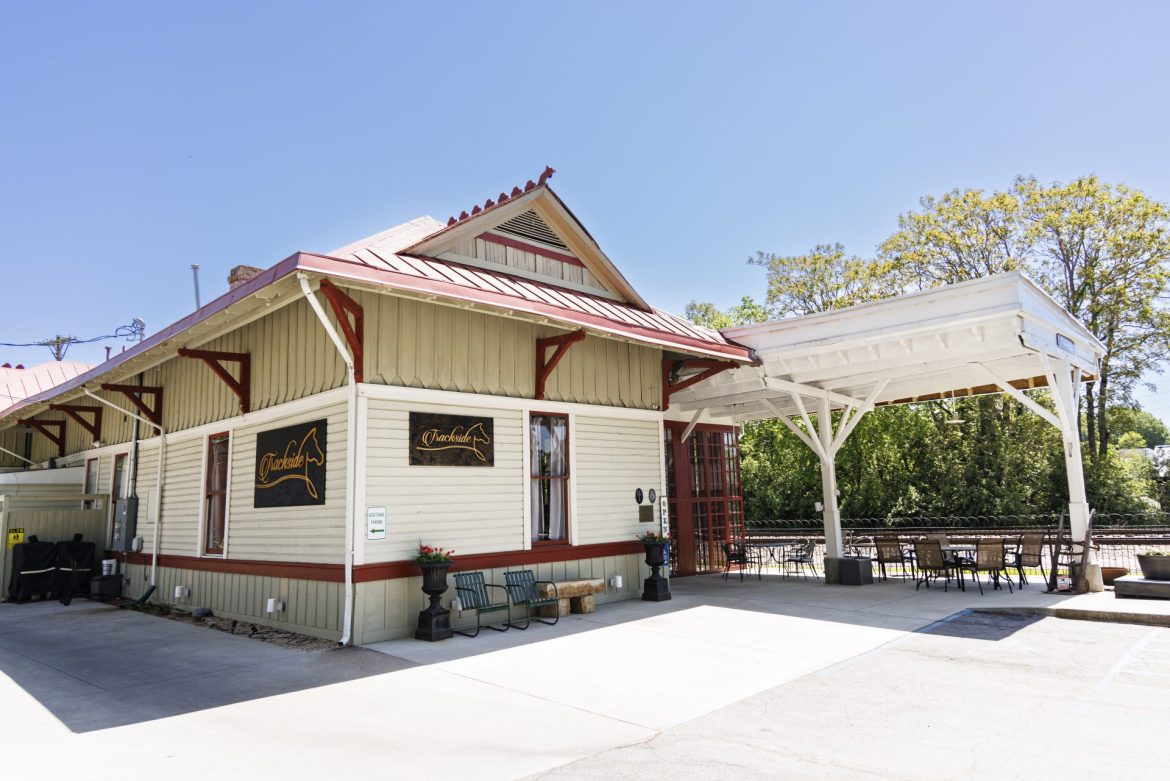
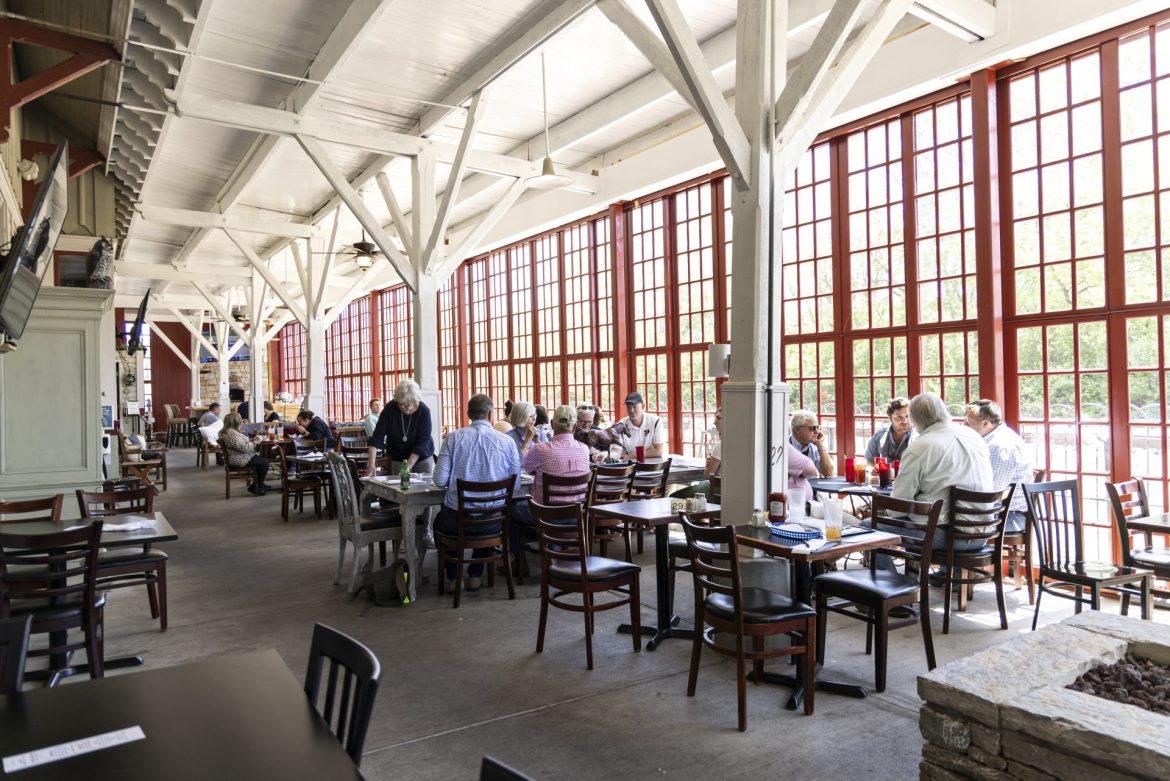
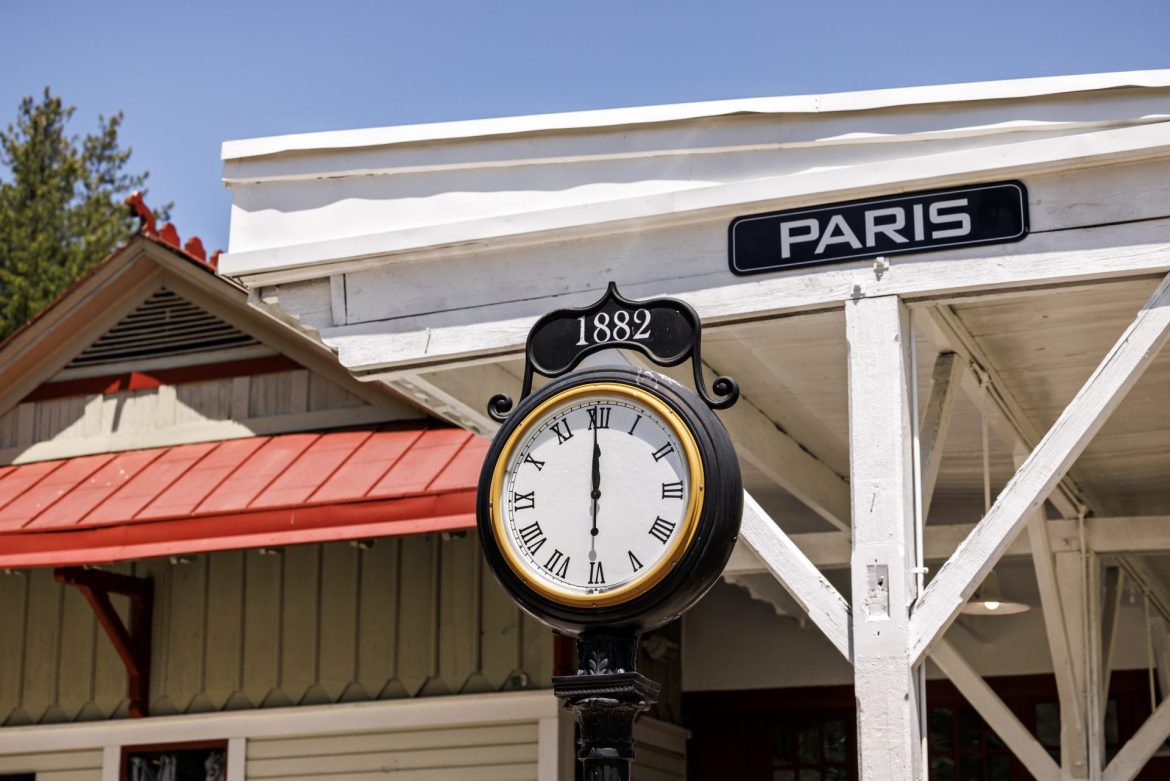
Mustard Seed Hill
The recorded history of the property dates to 1852 when William Nunn established his impressive, Greek Revival home, commonly referred to as the Allen House.
In 1920, the citizens of Millersburg purchased the dwelling so Millersburg Military Institute (MMI) could return to the town. They added a number of buildings, including Moffett Hall, Rankin Hall and a gymnasium. MMI was an icon of Kentucky private education for 113 years, graduating generations of young men, many of whom still hold it in their hearts as a special part of their personal growth and education
In 2016, Community Ventures, a Kentucky-based nonprofit purchased the property, which was abandoned and in rapid decline. Seeing the property’s gymnasium, dorms, sports fields, and stately manor, not to mention its proud history, they saw its endless potential. Extensive restoration has prepared the grounds for a new life and unbounded growth. By bringing the collective expertise and resources together, they have transformed Mustard Seed Hill into an exciting facility with a promising future to benefit all who grace the gates.
Christmas at Mustard Seed Hill has become a spectacular holiday tradition in Millersburg. Stroll the breath-taking lights, enjoy music, gather with friends, shop for the perfect gift and don’t miss the most stunning gingerbread house displays in Kentucky. Visitors throughout the Bluegrass come to experience the magnificent 3-acre Christmas light display, highlighted by a magnificent 30’ ribbon tree, 32’ glowing ribbon arch, dazzling 20’ starburst, Christmas sleigh and more. The incredible 14’ illuminated walk-through ornament is the perfect family-photo spot and a beloved location for engagement proposals! Each year programming includes our Gingerbread House Exhibit, Artisan’s Market & Holiday Cafe, and Christmas Campfire Experience.


